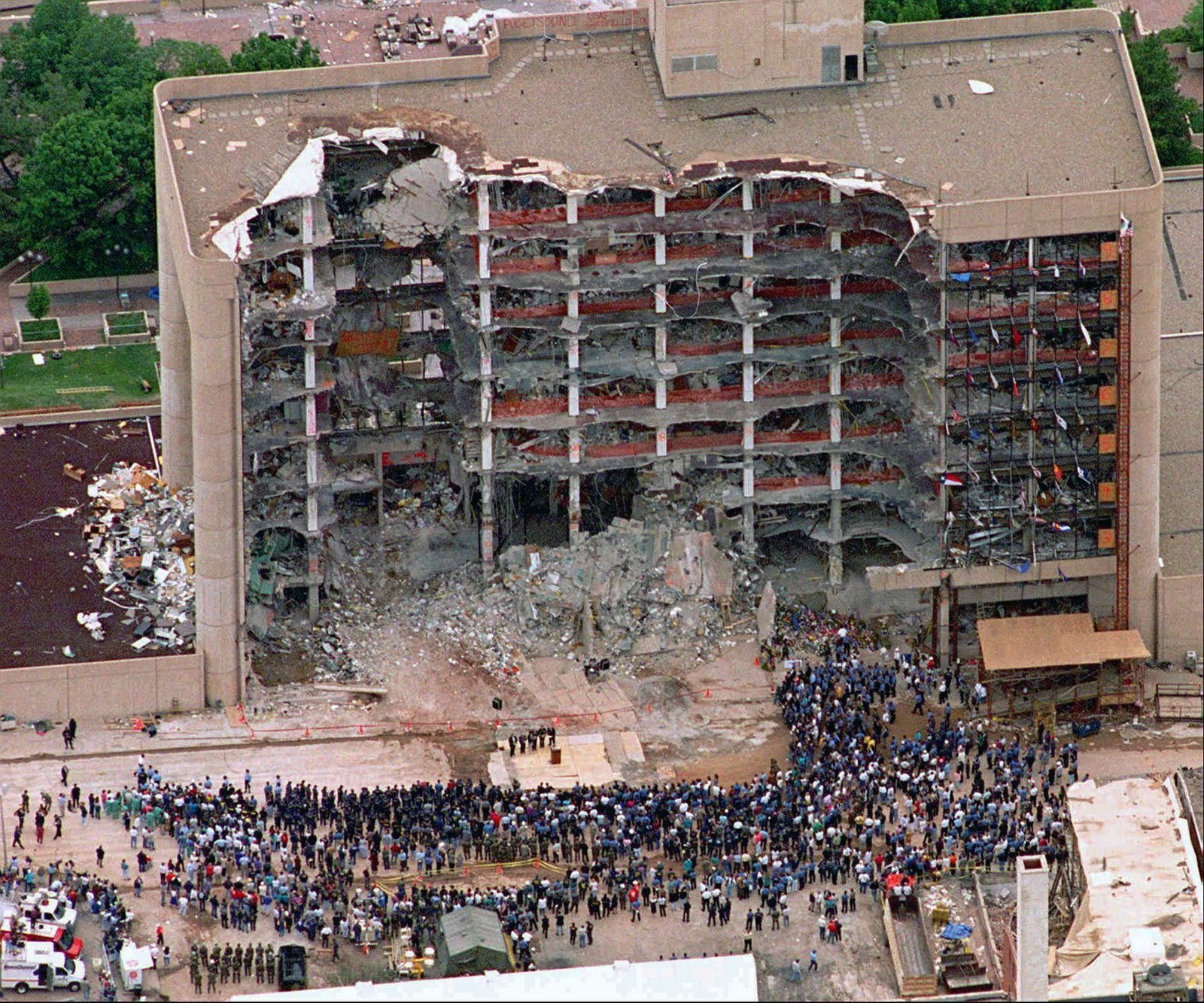The Oklahoma City bombing stands as one of the most devastating acts of domestic terrorism in United States history. On April 19, 1995, the explosion at the Alfred P. Murrah Federal Building not only shattered a building but also left an indelible mark on the nation. Understanding the profound impact of this event requires a closer look at the circumstances surrounding the attack, the immediate and long-term consequences, and the lessons learned from this tragic day.
Background
To fully grasp the significance of the Oklahoma City bombing, it’s essential to consider the political climate of the early 1990s. This was a period marked by increasing distrust in government and a rise in militia movements across the country. Domestic terrorism began to surface as a formidable threat, with various extremist groups expressing their dissatisfaction through violent means.
The Perpetrators
Timothy McVeigh
Timothy McVeigh, a Gulf War veteran disillusioned with the U.S. government, orchestrated the bombing. His disdain for federal authority was heightened by events such as the Ruby Ridge standoff and the Waco siege, which he perceived as government overreach.
Terry Nichols
Terry Nichols, an accomplice and fellow anti-government extremist, assisted McVeigh in planning and executing the attack. Together, their motivations were rooted in a desire to retaliate against the federal government and ignite a revolution among like-minded individuals.
The Bombing
On the morning of April 19, 1995, McVeigh parked a Ryder truck filled with explosives in front of the Alfred P. Murrah Federal Building. At 9:02 AM, the bomb detonated, causing a massive explosion that obliterated the building’s façade and caused widespread devastation.
Immediate Aftermath
The immediate response to the bombing was a chaotic and frantic effort to rescue survivors and provide medical assistance to the injured. Emergency responders from local, state, and federal agencies converged on the site, working tirelessly amidst the rubble.
Impact on the Community
The bombing’s impact on the Oklahoma City community was profound. The human toll was staggering, with 168 people losing their lives, including 19 children, and over 600 individuals injured. The psychological and emotional scars left on the survivors and the families of the victims were immeasurable. Additionally, the physical destruction of the downtown area was extensive, leaving a lasting scar on the city’s landscape.
Investigations
Federal and local law enforcement agencies launched an intensive investigation into the bombing. Through meticulous evidence gathering, including surveillance footage and forensic analysis, authorities were able to trace the attack back to McVeigh and Nichols. Their arrests soon followed, leading to one of the most significant domestic terrorism cases in U.S. history.
Trial and Convictions
McVeigh’s Trial and Execution
McVeigh’s trial garnered national attention. Convicted on multiple counts of murder and conspiracy, he was sentenced to death and executed in 2001, making him the first federal prisoner to be executed in 38 years.
Nichols’ Trial and Sentencing
Nichols faced trial and was convicted of conspiracy and involuntary manslaughter, receiving multiple life sentences without the possibility of parole. The legal proceedings sparked debates about justice, punishment, and the death penalty.
Government Response
The Oklahoma City bombing prompted significant changes in domestic security policies. It highlighted the need for better preparedness against domestic terrorism and led to the establishment of the Department of Homeland Security. Additionally, new anti-terrorism legislation was enacted to enhance law enforcement’s ability to prevent and respond to such threats.
Memorial and Remembrance
The Oklahoma City National Memorial was established to honor the victims, survivors, and rescuers affected by the bombing. Annual remembrance ceremonies ensure that the legacy of the event and its impact on the community remains in the public consciousness. The memorial serves as a poignant reminder of the resilience and strength of the human spirit in the face of tragedy.
Media Coverage
Media coverage played a critical role in shaping public perception of the bombing. Local and national outlets provided extensive reporting on the event, highlighting both the immediate horror and the subsequent efforts to bring justice and healing. The differences in coverage underscored the varying narratives and perspectives surrounding the tragedy.
Conspiracy Theories
In the aftermath of the bombing, numerous conspiracy theories emerged, proposing alternative explanations for the attack. Despite these theories, thorough investigations and evidence consistently pointed to McVeigh and Nichols as the primary perpetrators. Debunking these myths is essential to preserving the factual integrity of historical events.
Legacy
The legacy of the Oklahoma City bombing extends far beyond the immediate aftermath. It significantly influenced future domestic terrorism policies and shaped American society’s views on security and terrorism. The event underscored the importance of vigilance, preparedness, and community resilience in the face of potential threats.
Lessons Learned
Improvements in Emergency Response
The bombing highlighted the need for better coordination and training among emergency responders. It led to improvements in disaster response protocols and the development of more robust systems for managing large-scale emergencies.
Community Resilience and Recovery
The resilience of the Oklahoma City community in the wake of the bombing serves as a powerful example of recovery and solidarity. The support systems and initiatives that emerged helped the community heal and rebuild, demonstrating the strength that can arise from collective efforts.
Importance of Vigilance and Prevention
One of the key lessons from the Oklahoma City bombing is the importance of vigilance and proactive measures in preventing terrorism. Enhanced security protocols and greater awareness can help mitigate the risk of future attacks.
Conclusion
The Oklahoma City bombing remains a somber chapter in American history. It serves as a reminder of the devastating impact of domestic terrorism and the enduring strength of those affected by such tragedies. By understanding the events, honoring the victims, and learning from the past, we can work towards a safer and more resilient future.





